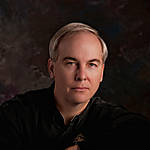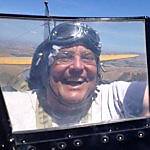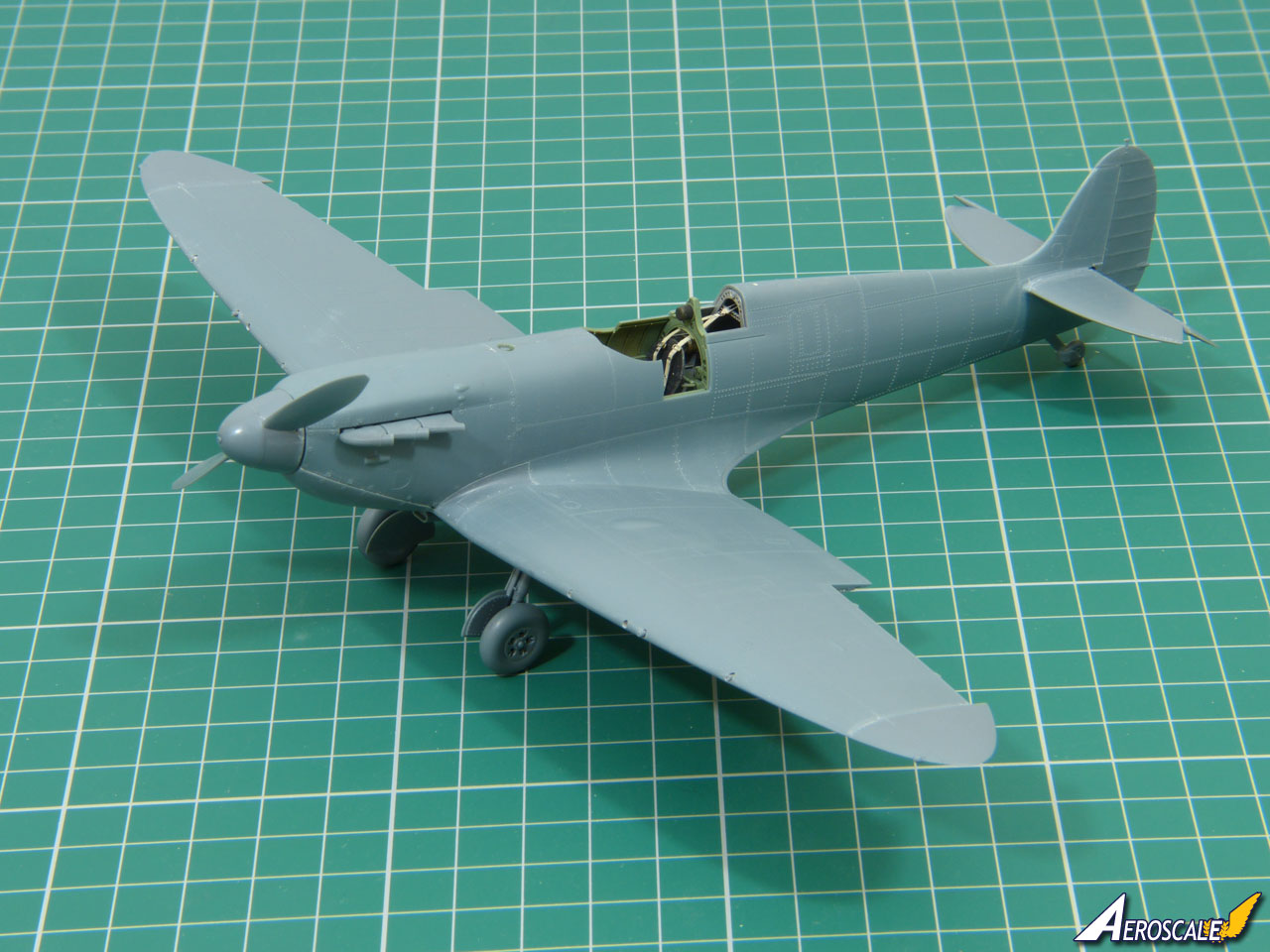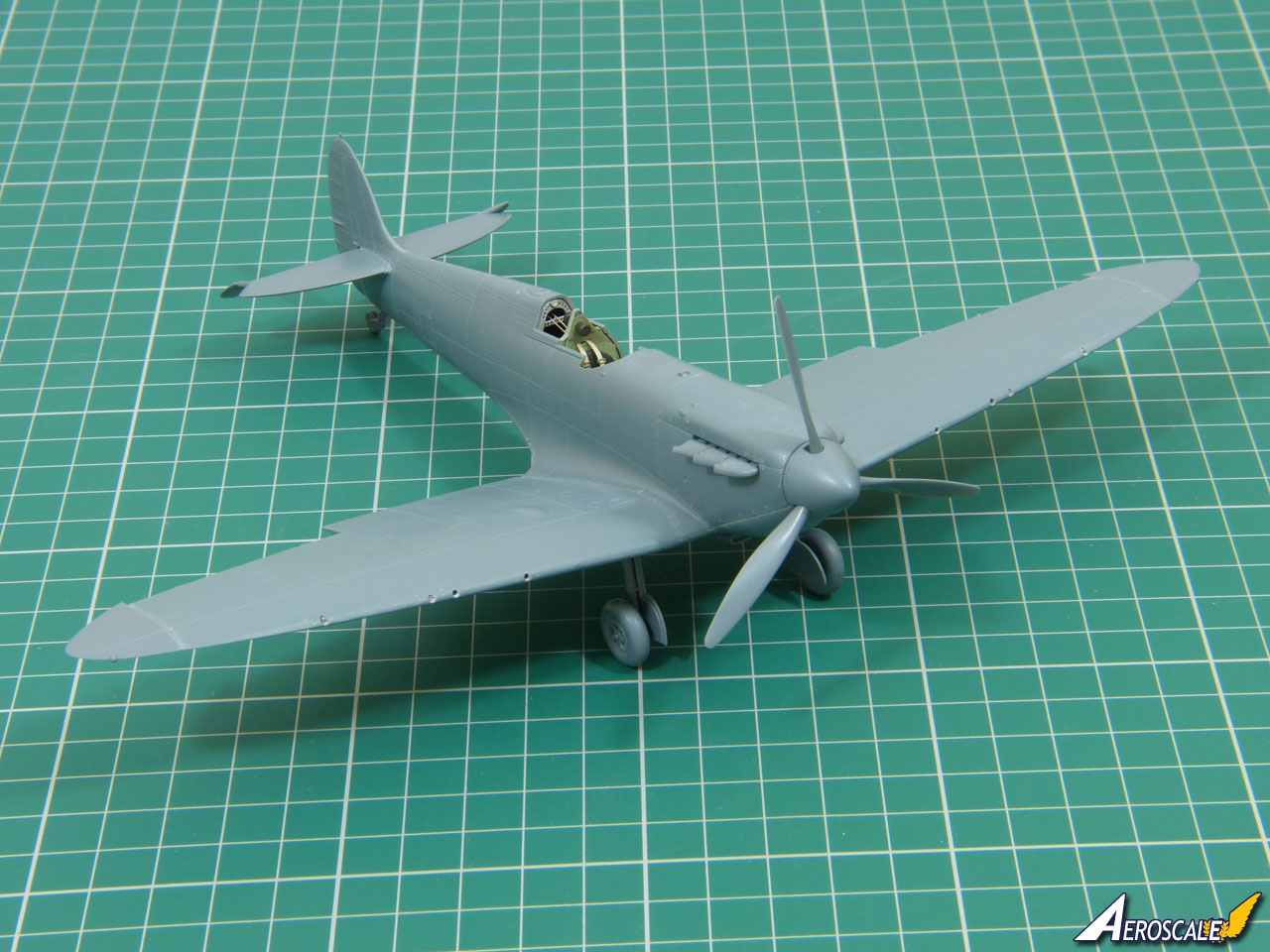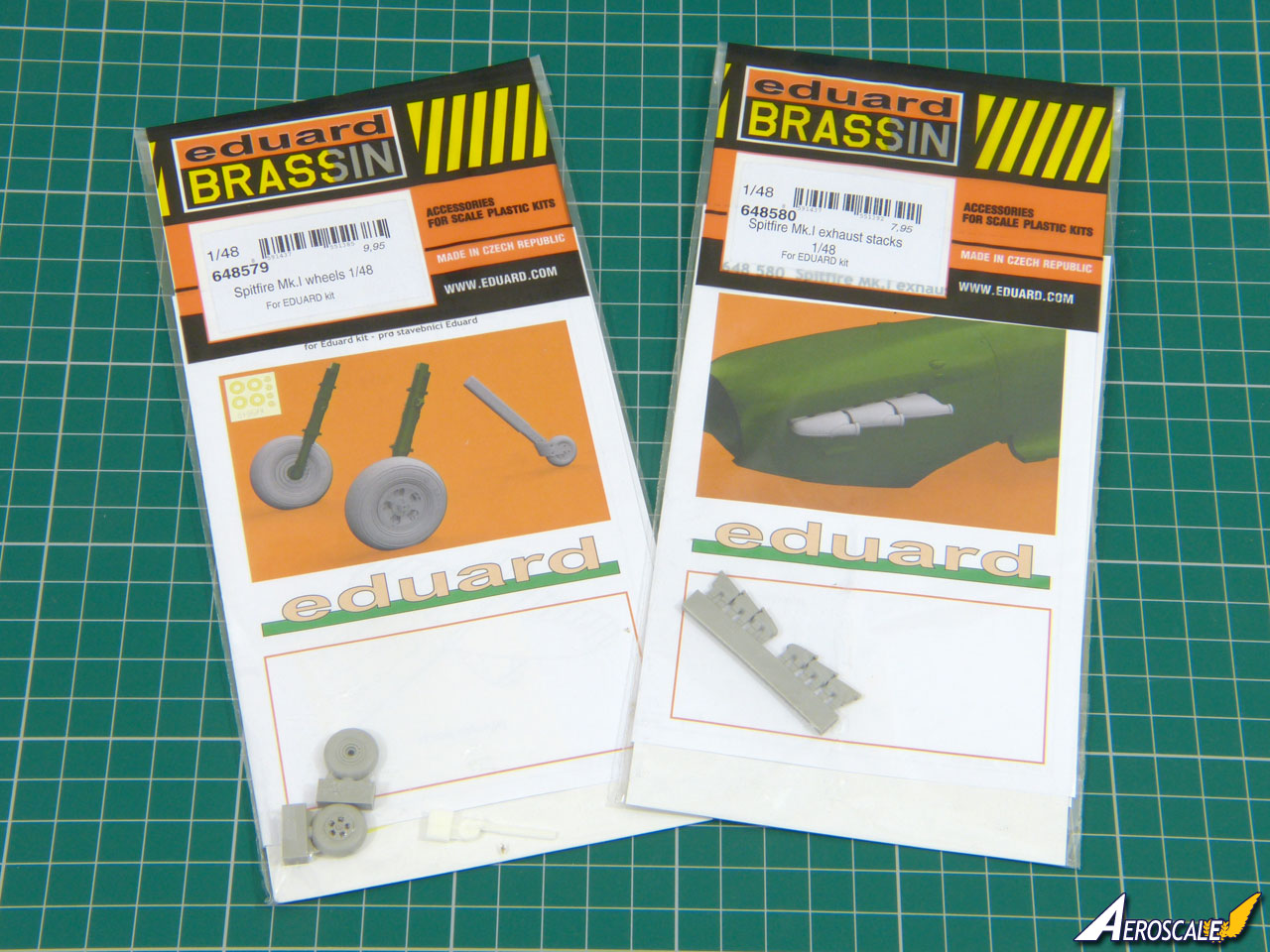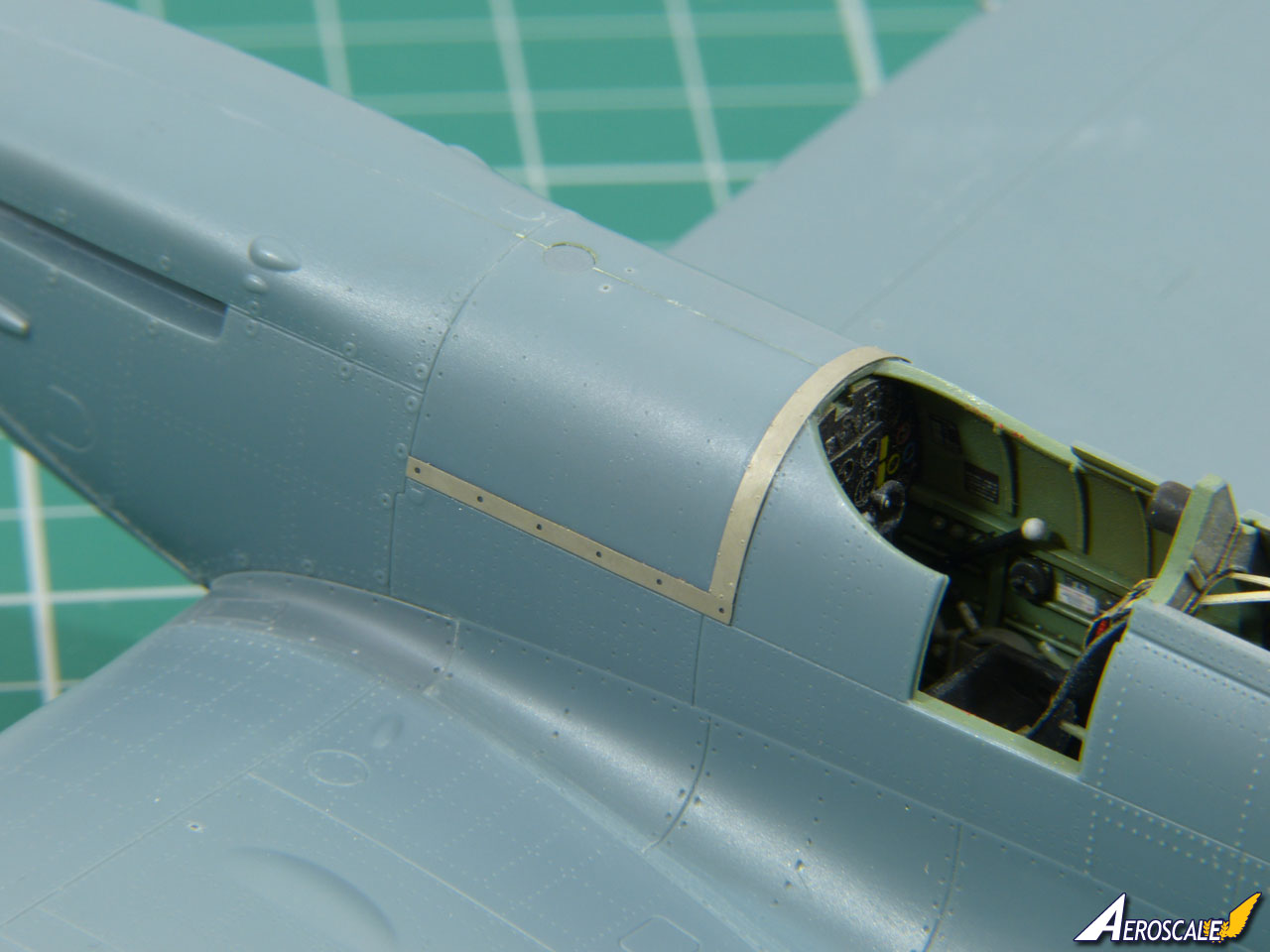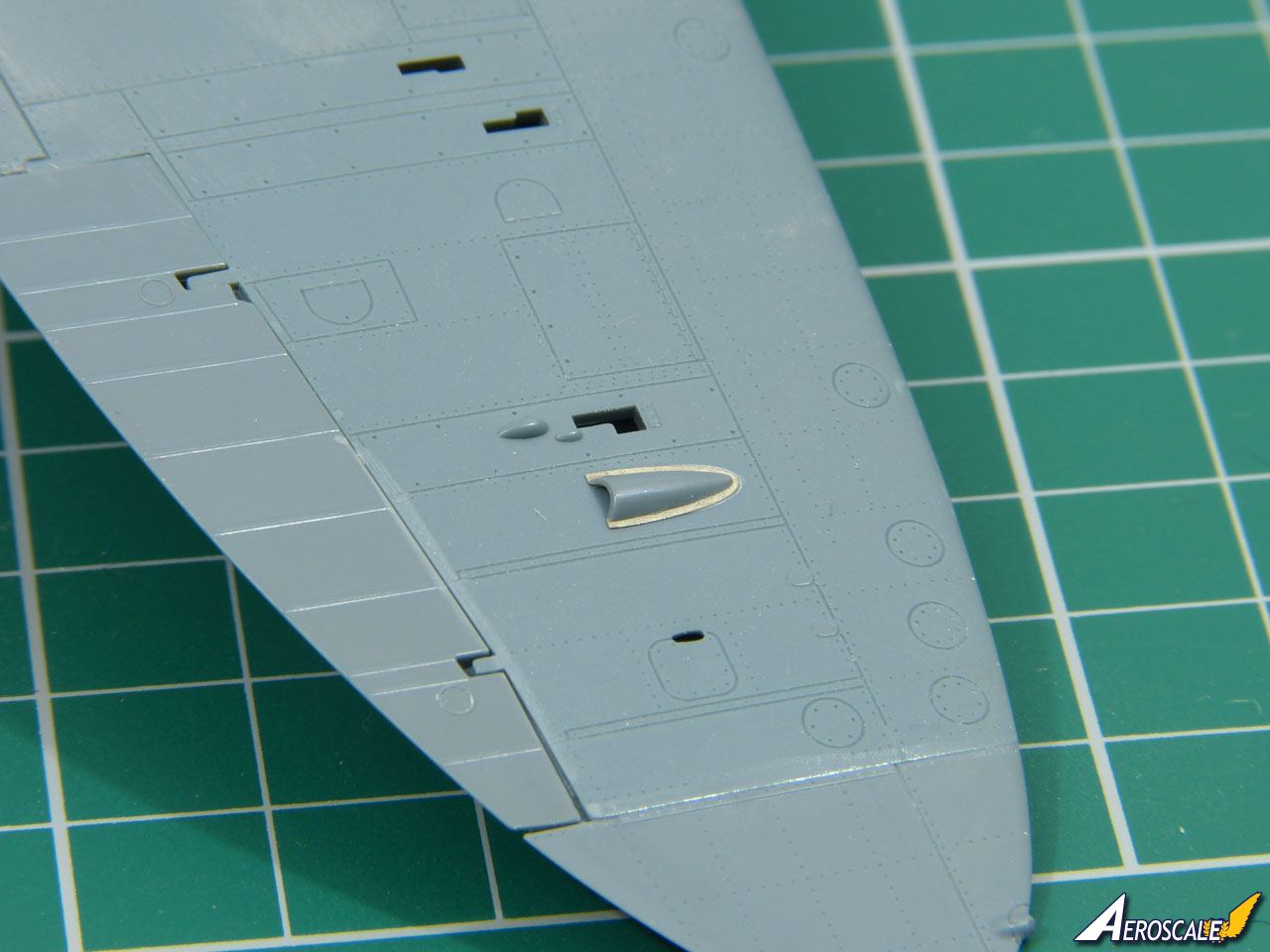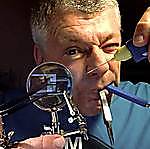Hi, Rowan & Everyone else!

Rowan- You're absolutely right when it comes to "flattening" model aircraft Tires/Tyres. I've been doing so since the mid-late 1960s. This practice DOES do away with that "toy-like appearance" we serious modelers strive to eliminate when we build our models.
I like assemble and "flatten" the Tires near the very end of my building process- It avoids many a minor catastrophe.
The following is meant only to be helpful for newer modelers, or for those experienced modelers who have previously shied away from "flattening" model Tires. For simplicity's sake alone, I will make use of the American spelling of "Tires/Tyers"
Everyone has their own methods, but I personally like to attach my Landing Gears permanently, then my Wheels/Tires/Landing Gear Legs assemblies. I make sure that these parts are all oriented/positioned properly. Nothing detracts more from the "stance" of a particular model than an improperly installed set of Landing Gears.
Once these have all dried properly, I have a sheet of sand paper or emery paper tacked onto a perfectly level spot on one of my workbenches. I place my aircraft on the sand paper/emery paper, along with a short, silent prayer. Now comes the "VERY CAREFULLY" part:
I then VERY CAREFULLY hold BOTH Main Landing Gear "Legs" just above the Tires, maintaining contact with the tops of the Tires at the bottoms of my thumbs and forefingers. My Tail Wheel or Nose Wheel IS NOT in contact with the abrasive at this point. IT IS IMPORTANT that the Tail Wheel or Nose Wheel is in CONSTANT CONTACT with the workbench's FLAT table surface. This is why a PERFECTLY LEVEL table-surface is important. if not, it will have a directly NEGATIVE EFFECT upon the "flat" areas of your Tires. ALL of your tires need to be "flattened" along the same "plane". (No pun intended) This sounds more complicated than it actually is, in practice. Speaking of "practice", try this method on an old "junker" BEFORE you do this on your most recent "prized possession"...

I take a calm breath, and then I VERY gingerly start to move the model, while holding BOTH Main Gears WITH BOTH HANDS in a GENTLE "FIGURE-8"-fashion, maintaining constant contact between the bottoms of the Tires and the "abrasive".
DO NOT sand each Gear SEPARATELY, otherwise an UN-EVEN "stance" will be your net result. You don't want a "cock-eyed"-looking airplane, do you?
Keep the "figure-8" small; no more than 2-3 inches in breadth. This will keep you from putting undue stress on your model's Landing Gear Legs. GENTLY execute 5 or 6 "figure-8s" to begin with, and then "test" the "stance/look' of your aircraft by placing your model on a clear section of your level table. If necessary, repeat the process until you're satisfied with your model's "look". DO NOT OVERDO.
ALWAYS remember: "Less is More"...
Once you're satisfied with the "flattening" of your Main Landing Gears' Tires, it's time to move on to your Tail Wheel or Nose Wheel-
Now THIS IS IMPORTANT:
The Tail Wheel or Nose Wheel assemblies are INHERENTLY WEAKER than your Main Gears, so an EVEN LIGHTER TOUCH is required in "flattening" THESE Tires.
In the case of Nose Wheels, orient your aircraft with your Nose Wheel(s) in direct contact with your abrasive, and with your Main Gears' Tires placed on your clear, flat table surface. I like to hold my Nose Wheel(s) between my thumb and my forefinger right at the Hub(s)- Better control and much less of a chance in breaking your Nose Gear's Landing Strut. Keep your free hand OFF the model, and ever so GENTLY repeat the "figure-8" sanding process with your Nose Gear's Tire(s). Remember that it is the Main Landing Gear which supports most of the weight of ANY aircraft, so TAKE IT EASY with the Nose Gear.
With Tail Wheels, bear in mind that the Tail Wheel of your aircraft will necessarily be much smaller than your Main Gear's Wheels/Tires, THEREFORE even less sanding/"flattening" will be required. DO "flatten" the Tail Wheel's Tire in order to complete the impression of "weight" in your model. VERY FEW "figure-8s" will be required in order to "flatten" this Tire. I would only venture 3-4 of these in order to achieve a convincing "look". Bear in mind that the Tails of aircraft are usually much lighter in weight than their Noses...
PRACTICE on a junker until you get a "feel" for the job at hand. Above all, "Less Is More"...
Thanks for reading, and STAY HEALTHY...
VR, Dennis














